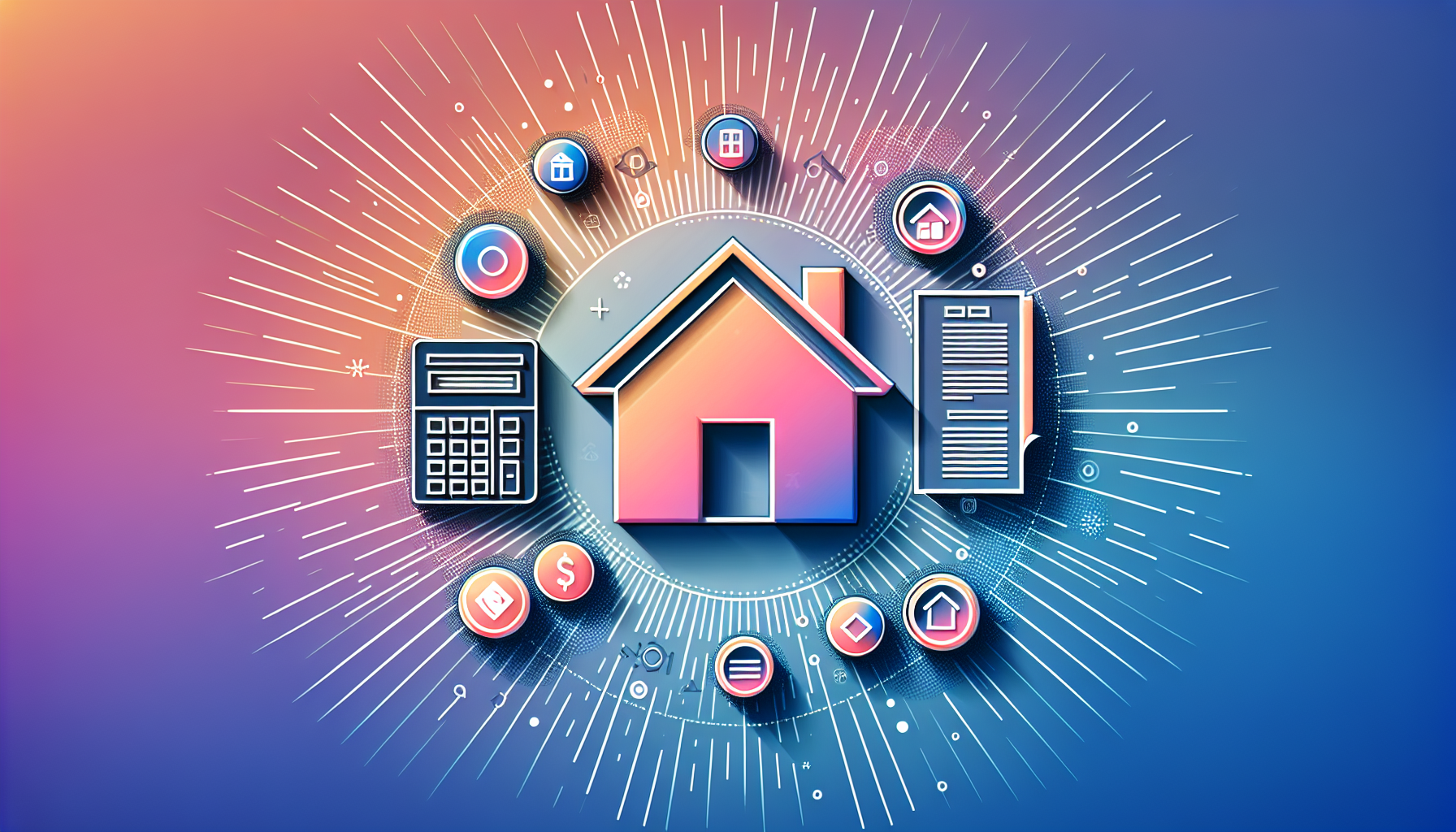3D Printed Homes and Mortgage Considerations

The landscape of home construction is undergoing a revolutionary shift with the advent of 3D printed homes. This innovative technology promises faster, more affordable, and sustainable housing solutions, addressing some of the pressing challenges in the real estate market, including affordability and inventory. However, as 3D printing becomes more mainstream, it raises unique considerations for financing and mortgage options. In this article, we'll delve into the world of 3D printed homes, explore the current state of 3D construction loans, and discuss the appraisal challenges that come with these novel structures.
Understanding 3D Printed Homes
3D printed homes are constructed using large 3D printers that lay down layers of concrete or other materials, creating structures quickly and efficiently. This method significantly reduces waste, labor costs, and construction time, making it an attractive option for those seeking affordable housing. For instance, a small 3D printed home might cost between $10,000 and $20,000, while larger homes can range from $100,000 to $150,000, depending on size and features .
Cost and Construction Time Advantages
One of the most compelling advantages of 3D printed homes is their cost-effectiveness and speed of construction. These homes can be built in a fraction of the time it takes for traditional construction methods, often within 24 hours . This rapid construction can help alleviate housing shortages and provide quick solutions for those needing immediate accommodation.
Sustainability and Energy Efficiency
3D printed homes also offer significant sustainability and energy efficiency benefits. They require fewer materials than traditional homes, and their designs often incorporate advanced insulation, reducing heating and cooling costs significantly. For example, Alquist's 3D printed homes require half the energy needed for traditional homes .
Financing 3D Printed Homes
Despite the numerous advantages of 3D printed homes, financing these structures can be complex. Traditional mortgage providers often hesitate due to the novelty of the technology and the lack of standardized appraisal procedures. However, companies like PrimeLending offer a range of mortgage options, including fixed-rate, adjustable-rate, and jumbo loans, which can make financing 3D printed homes more accessible .
Available Financing Options
For those interested in purchasing a 3D printed home, various financing paths are available:
- Fixed-Rate Mortgage: Offers predictable monthly payments with interest rates that remain constant over the life of the loan.
- Adjustable-Rate Mortgage (ARM): Begins with a lower interest rate, which may increase or decrease as market conditions change.
- Jumbo Loan: Useful for homes priced above conventional loan limits, though they often require higher interest rates or more stringent conditions .
- Low and No Down Payment Options: Government-backed loans, such as FHA, VA, and USDA, offer minimal down payment requirements or even zero down payment options for eligible borrowers .
Additionally, for those struggling with down payments, programs like the Housing and Education Alliance offer courses that can help qualify individuals for down payment assistance of up to $90,000, depending on the location and specific circumstances .
Appraisal Challenges
Appraising 3D printed homes presents unique challenges due to their novelty. Traditional appraisal methods focus on comparable sales data, which may not be readily available for these innovative structures. Appraisers need to factor in the home's unique features, energy efficiency, and potential for long-term savings. This requires specialized knowledge and data on the performance of 3D printed materials over time, which can be difficult to obtain .
Insurance Considerations
Insurance for 3D printed homes can also be more complex. Insurers require detailed documentation about material durability and safety records to mitigate risks. As more data becomes available on the performance and longevity of 3D printed structures, insurance policies and rates are likely to become more standardized, reducing premium costs over time .
Regulatory Framework
Regulations around 3D printed homes are still evolving. Local building codes and zoning laws often need updates to accommodate these structures. Advocacy for clearer regulations can streamline the process, making it easier for homebuyers to navigate legal and administrative hurdles when purchasing a 3D printed home .
Conclusion and Next Steps
In conclusion, while 3D printed homes offer a promising solution to affordability and sustainability challenges in the housing market, they come with unique financing and appraisal considerations. As the technology continues to evolve, it is crucial to work with informed lenders and financial advisors who can guide you through the process. For those considering a 3D printed home, leveraging tools like the WP Ultimate Loan & Mortgage Calculator can help navigate the complexities of mortgage options and ensure you make an informed decision. If you have questions about financing or need assistance with your mortgage journey, feel free to contact us today.
For those interested in exploring more about the latest developments in 3D printed homes or seeking guidance on 3D construction loans and innovative building techniques, here are some additional resources you might find useful:
- Visit the Illustrarch website for more in-depth guides on construction and ownership.
- Explore the PrimeLending Blog for comprehensive insights on financing options.
- Learn more about Housing and Education Alliance for information on affordable housing solutions.
- Check out SQ4D for details on how to get a 3D printed house.











